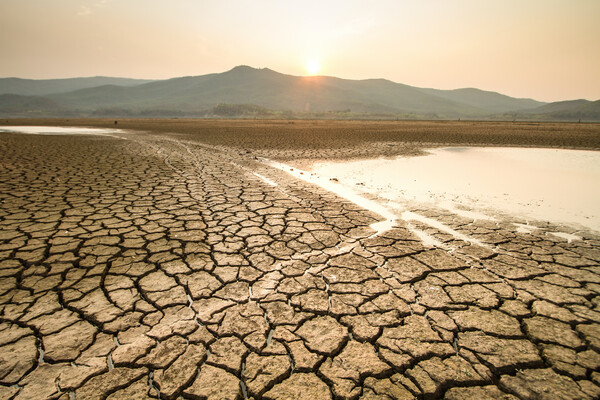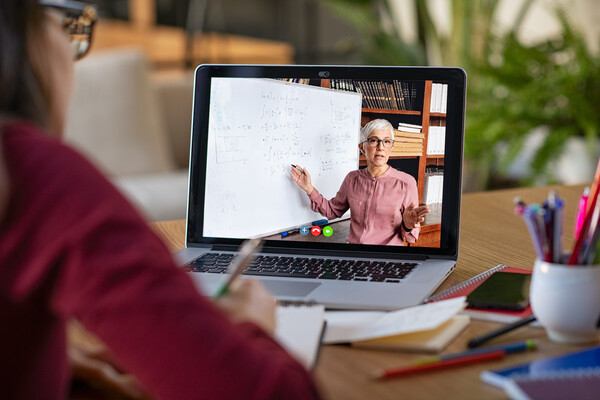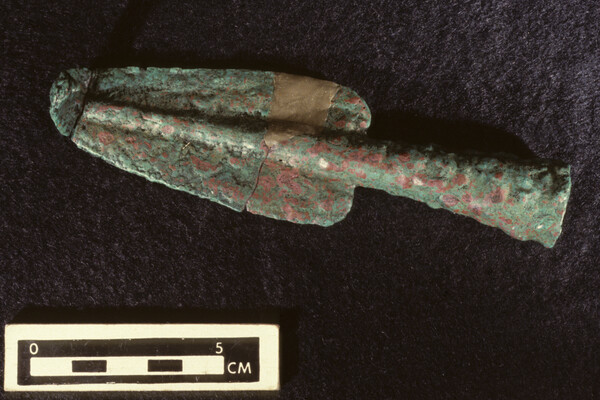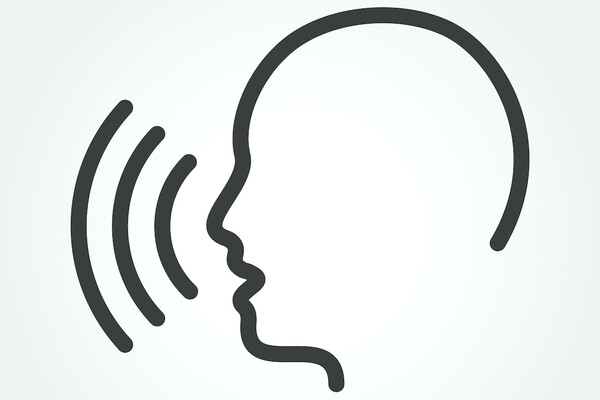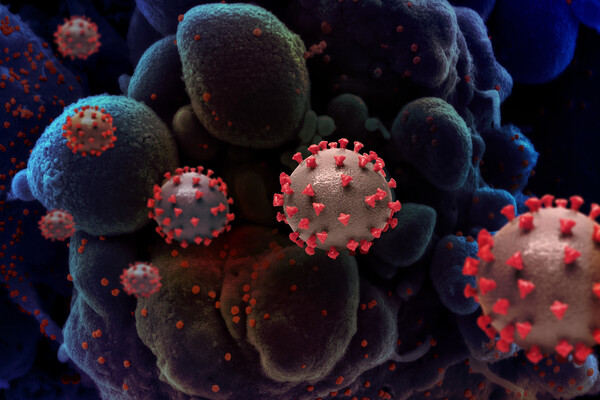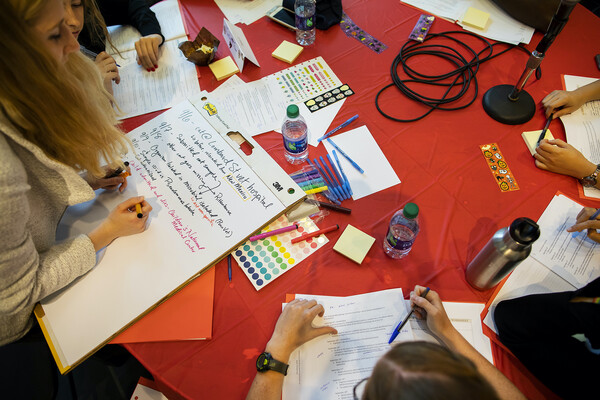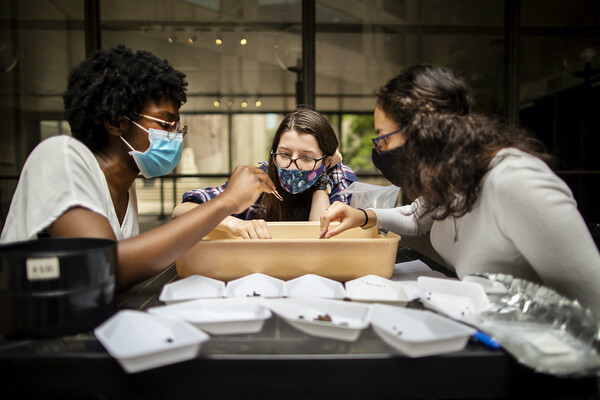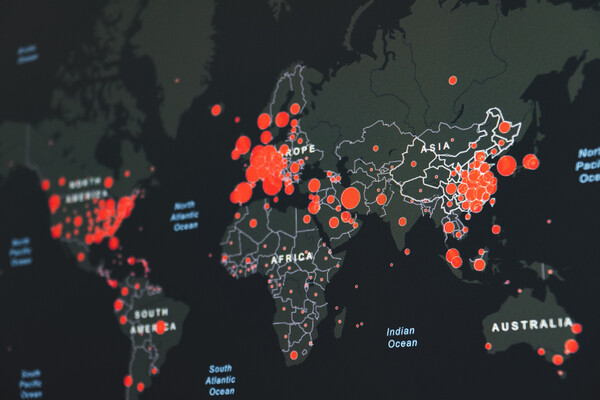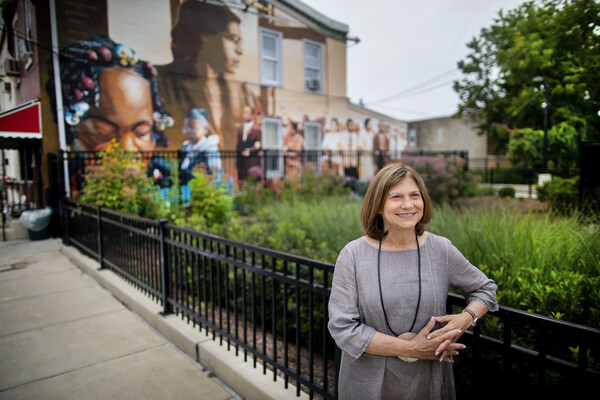
Fran Barg spent more than 30 years at Penn, conducting research that fell at the intersection of medicine and anthropology. Though she technically retired in June 2021, she plans to remain connected to Penn, to the mentoring and research that has enriched her career.

